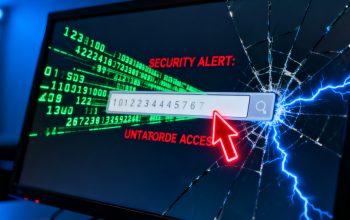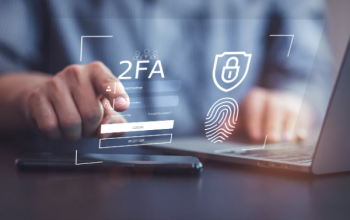In today’s digital world, personal data leaks are no longer a matter of if but when. Knowing how to check personal data leak can save you time, money, and prevent identity theft. This guide gives you practical steps to detect leaks, secure your accounts, and reduce future risks—so you can act immediately.
1. Quick Email Leak Check (Best Free Tools)
The fastest way to spot a potential leak is by checking your email:
- Use reliable free tools like Have I Been Pwned or Firefox Monitor. Enter your primary email to see if it appears in any past data breaches.
- Next step: If your email shows up, update the password immediately and enable two-factor authentication (2FA).
2. Search Yourself Online (Cheap, Free, Fast)
A simple Google search can reveal unexpected leaks:
- Search your full name, email, and phone number in quotes:
"John Smith" "New York"or"john.smith@example.com" - Look for public profiles, forum posts, and any data brokerage sites.
- Make a note of any unusual information and remove it if possible.
3. Social Media Leak Check (Top Tips)
Social networks are a major source of exposed data:
- Limit visibility of personal info on Facebook, LinkedIn, Instagram, and X (Twitter).
- Remove unnecessary contact info, birthdates, and family details.
- Enable login alerts and session management for extra security.
4. Financial & Credit Checks (Cost vs Risk)
Financial accounts are often targeted first:
- Review bank and credit card accounts for unusual activity.
- In the U.S., check your credit report with Equifax, Experian, and TransUnion. Consider a credit freeze or fraud alert if needed.
- In other countries, use local equivalents to monitor credit activity.

5. Professional Leak Detection Services (Buy Only If Needed)
For more sensitive cases:
- Paid services offer dark web scans and real-time monitoring of emails, SSNs, passports, and banking info.
- Only use trusted providers with clear privacy policies.
6. Data Broker Opt-Out (Free, Effective)
Your personal info may appear on data brokerage sites:
- Check popular brokers like PeopleFinder, Whitepages, Spokeo.
- Follow their opt-out or delete procedures.
- In Europe or the UK, GDPR gives you the right to request data deletion.
7. Password Managers with Leak Alerts (Best Investment)
- Use password managers like 1Password or Bitwarden.
- Many include breach alerts and will notify you if your passwords appear in leaks.
8. Quick Checklist to Check Personal Data Leak
Use this step-by-step checklist to stay organized:
- Is my email in any breach database?
- Are there unauthorized transactions or withdrawals?
- Is personal info public on social media?
- Any unexpected credit checks or new accounts?
- Are my details listed on data broker sites?
9. Immediate Action After a Leak
If you discover a leak:
- Change passwords for affected accounts and enable 2FA.
- Contact your bank or credit card company for suspicious activity.
- Freeze credit or add fraud alerts where available.
- Report breaches to service providers and keep evidence.
- If sensitive IDs are leaked, notify government agencies.
- Document all actions and timelines for future reference.
10. Prevent Future Leaks (Top Long-Term Tips)
Make personal data checks a habit:
- Use unique passwords for every account and a secure password manager.
- Enable app-based 2FA, not SMS.
- Run check personal data leak scans quarterly.
- Limit sharing of personal info online.
- Know your privacy rights under GDPR or local laws.
- Monitor login notifications and active sessions regularly.
11. When to Seek Professional Help
- Identity theft involving loans or tax fraud requires professional assistance.
- High-net-worth individuals may benefit from paid monitoring and personal security services.

Bottom Line: Turn Checking Into a Skill
Knowing how to check personal data leak isn’t a one-time task—it’s a repeatable skill. By scanning, verifying, responding, and preventing, you regain control over your personal information. The goal isn’t to eliminate risk entirely (that’s impossible) but to act fast and reduce potential damage.


